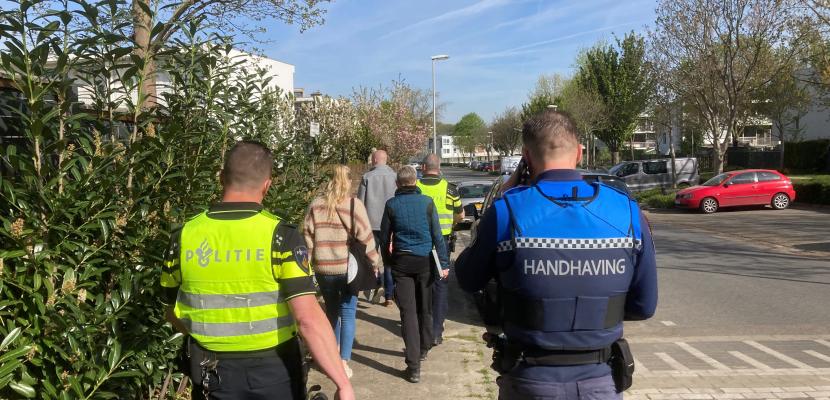
Social Safety Approach

About this good practice
This policy aims to increase the liveability and safety of the city by working on neighbourhood level with a multi-stakeholder and interdisciplinary approach.
Resources needed
Staff time from the municipal team to set up the approach, to manage it and to act.
Staff time from partners like social housing corporations, care organisations, safety organisations.
Community and volunteer time in the neighbourhoods
Evidence of success
Heerlen has social safety plans for the neighbourhoods and objective measures show that the number of incidents decreases. Neighbourhoods are active, the residents and local associations organise activities and citizens help the municipality team when there is an incident. That help is based on trust. The approach is currently implemented as part of a pilot project in one neighbourhood, Heerlen is in the process of widening the target area to every neighbourhood of the city.
Potential for learning or transfer
Learnings which can be used by other regions and cities are the following:
(1) Clear objectives and intervention logics - When it comes to liveability in neighbourhoods, a combination of caring and being strict helps. Heerlen sets clear boundaries and standards, but also offers help.
(2) Frameworks and resources for multi stakeholder collaboration - Multi-stakeholder collaboration is key in this approach: government, care organisations and safety organisation work closely together.
(3) Interdisciplinary approach - Fragmenting help and neighbourhood management does not work - interdisciplinary approach is needed.
(4) Enhanced visibility of policies at neighbourhood level - Being visible in the neighbourhoods works: citizen involvement is key for success, important is the transparent communication of project goals. That is the basis for mutual trust.
(5) Frameworks for active citizen involvement - Liveability meeting citizen forums and individual case meetings.
